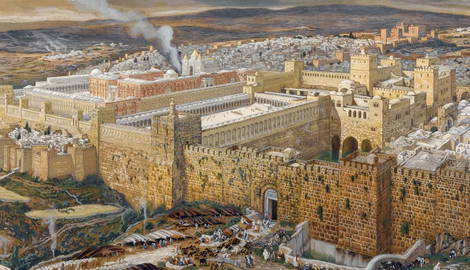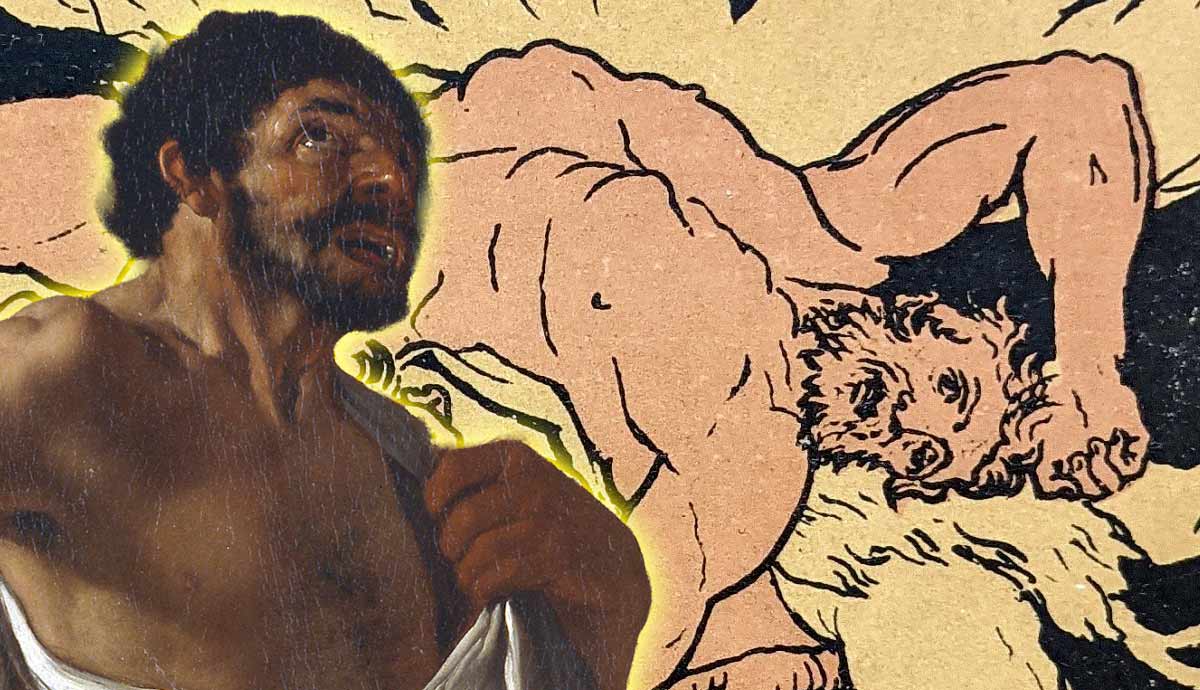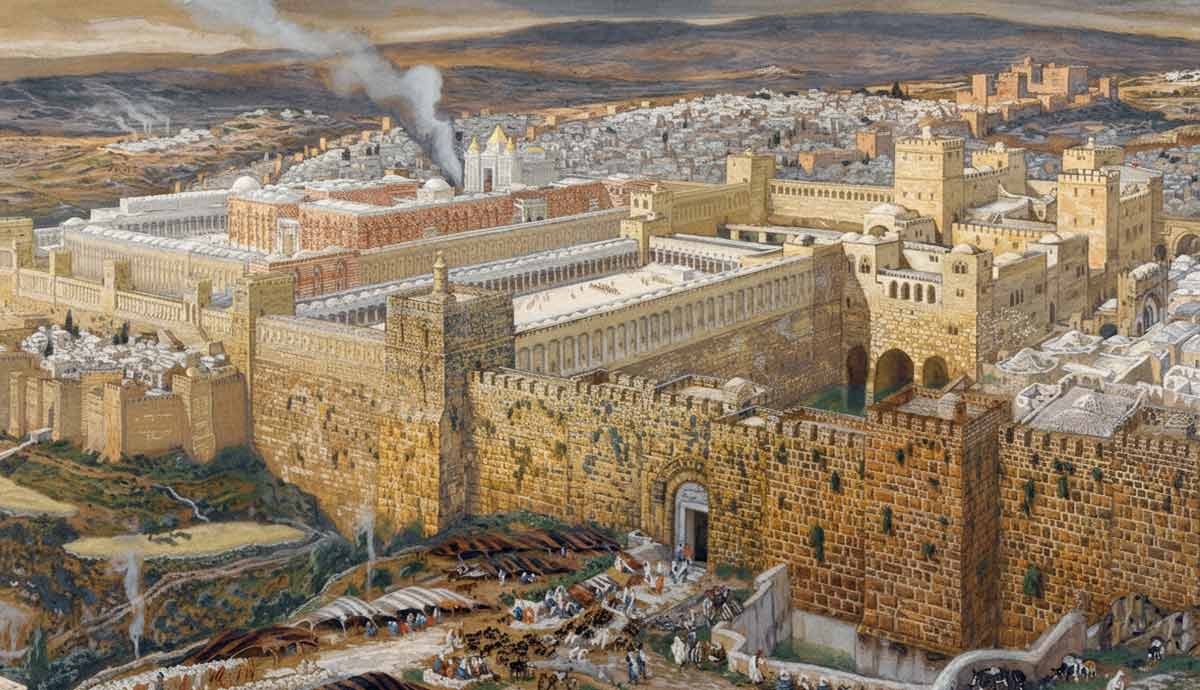
The ancient Kingdom of Judah was a vassal under the Assyrian Empire, conquered and destroyed by the Babylonian Empire, rebuilt by the Persian Empire, and conquered yet again by Alexander the Great. The people of Judea later successfully threw off Alexander’s successors the Seleucids, and established a tenuous independence with the support of a rising power that was vying to become history’s next great empire: Rome. But Rome’s friendship would come at a devastating cost.
Judas Maccabaeus Asked for an Alliance with Rome
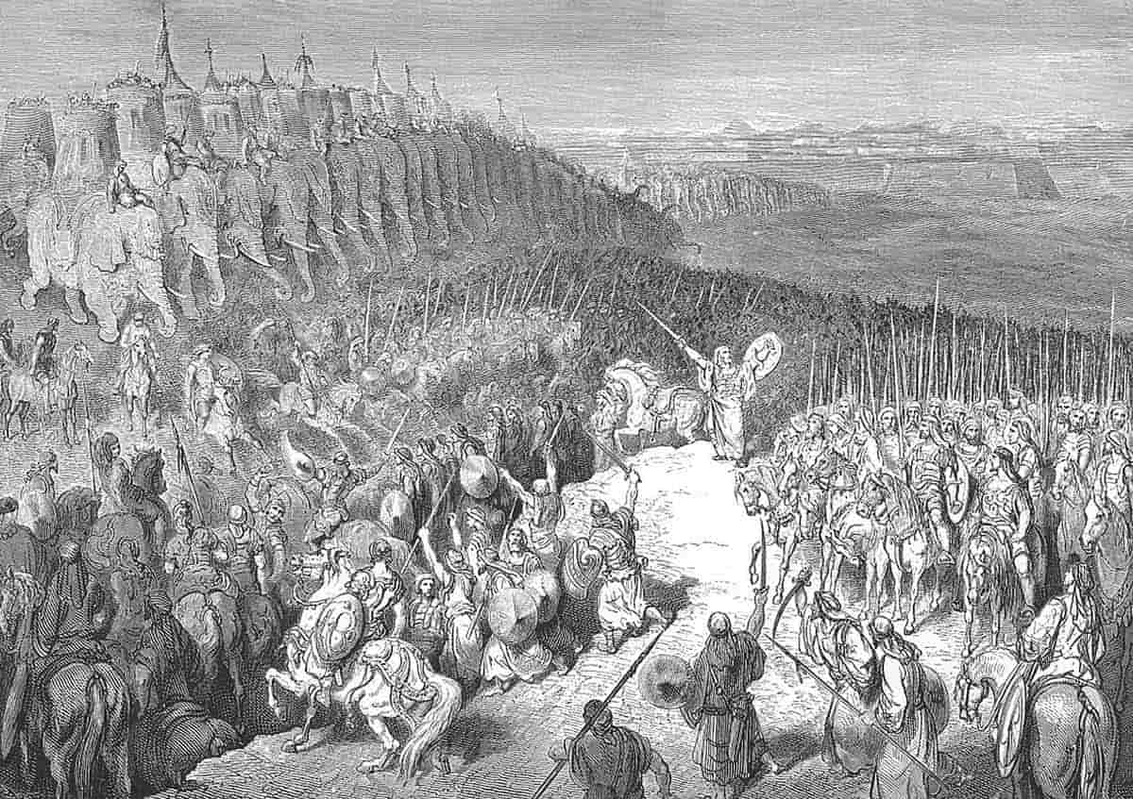
The story of Hanukkah, one of Judaism’s most widely-recognized holidays, celebrates the rededication of Solomon’s Temple to Jewish worship after it had been desecrated by the Seleucid ruler Antiochus IV. Under the leadership of Judas Maccabaeus and his brothers, Antiochus and his legions were defeated.
The joyful celebration of Hanukkah, known as the festival of lights, is about renewal and restoration. Yet, it comes each year in the shadow of a dark, enduring reality: the Temple whose rededication it remembers has lain in ruins for almost two thousand years. It was destroyed by the Roman general Titus in 70 CE and was never rebuilt.
In retrospect, this shadow is cast by one of history’s many ironic twists, for it was Judas Maccabaeus himself who first invited Roman involvement in Judea.
The Roman-Jewish Treaty Was of Mixed Benefit for Judea
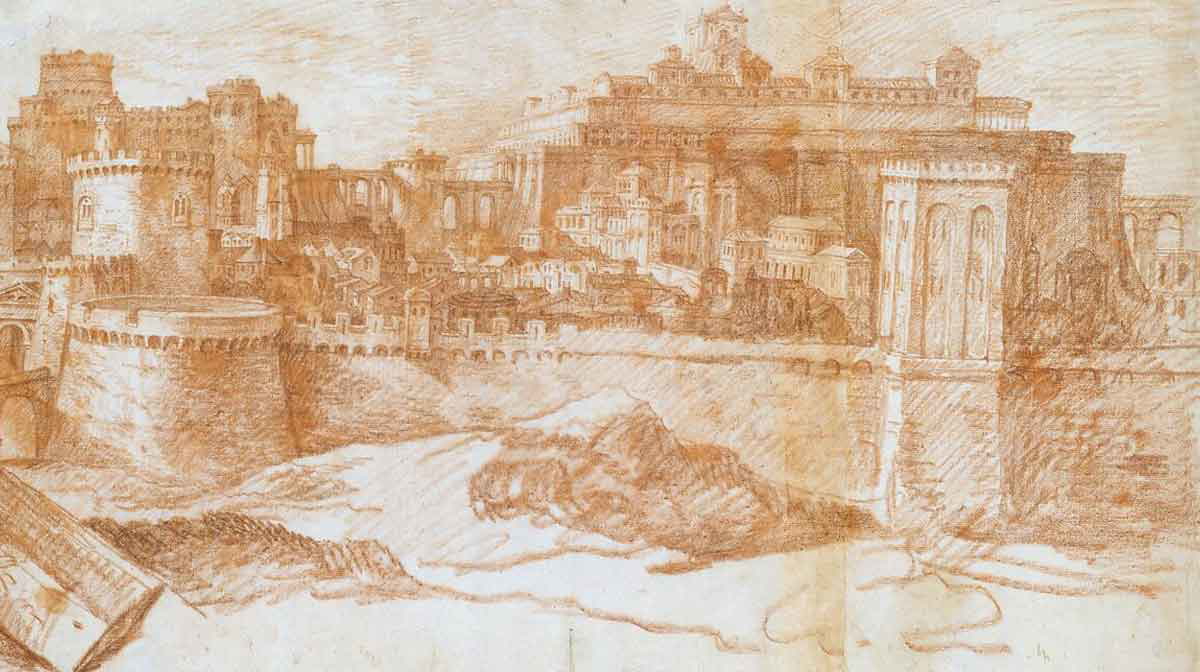
Judas Maccabaeus was attracted to the Roman system of government in which a senate made decisions rather than an emperor. For the Maccabees, Rome seemed a promising ally. So in the year 161 BCE, Judas sent delegates to Rome to ask for a treaty of mutual support.
But the Jews were neither united under the Maccabees nor under the Hasmonean rulers who followed them. Disputes over who would rule Judea often revolved around the legitimacy of claims to Temple priesthood. While Rome was indifferent to the intricacies of Jewish religion, they were invested in their ability to assert control within their growing sphere of influence.
As factions within Judean Judaism vied for preeminence, Rome would be called upon to choose sides on more than one occasion. Thus, Roman involvement in Judea increasingly compromised Jewish autonomy. This embattled dynamic came to a head in the year 37 BCE, when Rome finally imposed a ruler upon the Jews whose credentials virtually no Jew recognized.
Rome Conquered Judea Outright in 63 BCE

Jews finally won their independence from the Seleucids in 134 BCE and established the Hasmonean Dynasty. The Hasmonean kings were a departure from traditional kingship in Judah because they were from the priestly rather than royal class. According to Jewish scripture, Jews hoped for a king—often called the Messiah—who would be in the line of David to deliver them from foreign oppression. As priest-kings, thus, the Hasmonean kings were in an odd position.
The Hasmonean Dynasty was characterized by conflict that finally reached a climax in 63 BCE when two Hasmonean princes were embroiled in an all-out civil war. Both princes petitioned Rome for help. But the Roman general Pompey ended up simply besieging and overtaking Jerusalem. One of the warring princes, Hyrcanus II, was installed as high priest in Judea, but he was not given kingly power. The other, Aristobulus II, was taken captive to Rome and later died of poison under suspicious circumstances.
The Parthians Briefly Took Judea from Rome
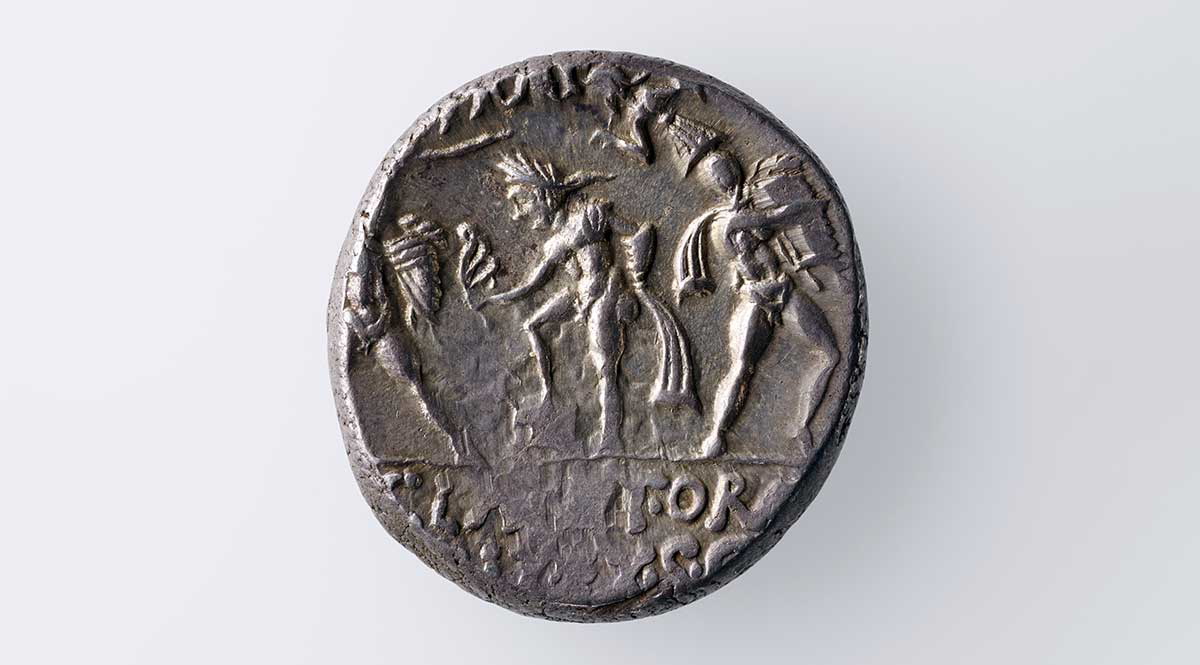
As the high priest, Hyrcanus II held the highest position available to a Jew. But his power depended on Roman support. Thus, when the Parthians invaded Judea in 40 BCE, they found it necessary to depose Hyrcanus II and install in his place another man from the same, priestly family who was anti-Roman. They chose his nephew Antigonus II Mattathias, the son of Aristobulus II.
But one shrewd politician who had served as the tetrarch of Galilee under Rome was able to escape the Parthian conquest. He eventually made it to Rome and, in an act reminiscent of what Judas Maccabaeus had done over a century before, asked for Rome’s help—but this time the request was for direct intervention rather than just an alliance. This man’s name was Herod. History remembers him as Herod the Great. With Rome’s military and diplomatic backing, Herod returned to Judea in 37 BCE and reconquered it on behalf of Rome.
Rome Made Herod King of the Jews
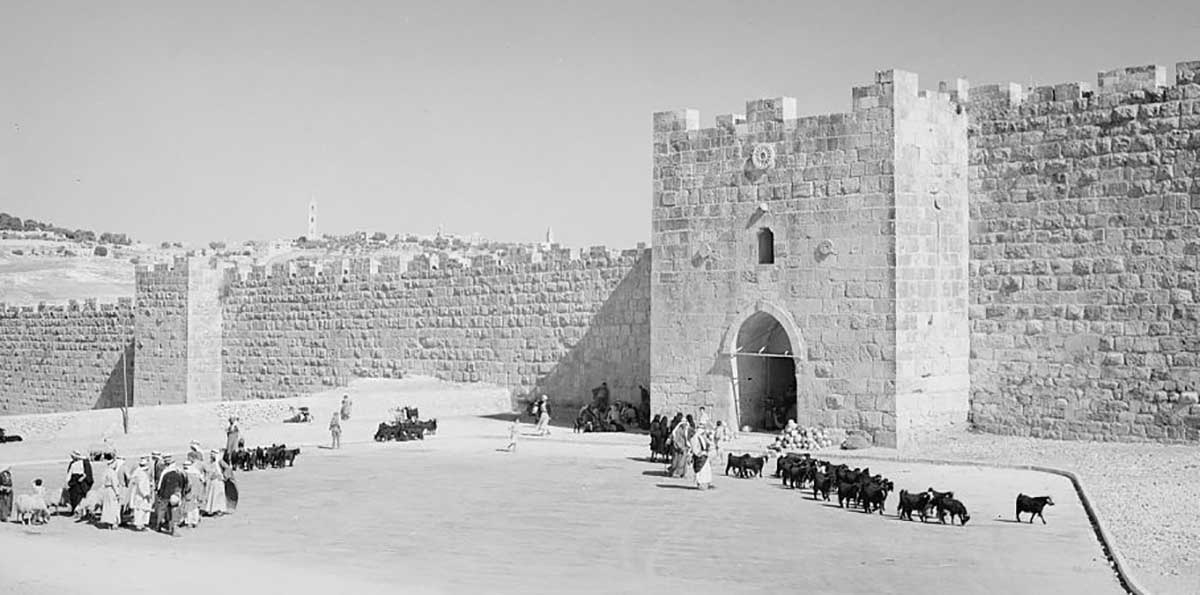
Herod’s success meant a victory for Rome. But was it a victory for the Jews as well? The truth is that, by this time, many Jews resented Rome deeply. Pompey’s conquest of Judea had resulted in the death of twelve thousand Jews. Meanwhile, Aristobulus II had been a legitimate priest, and some Jews felt that the Parthians might prove better rulers than the Romans had been. Herod, thus, was not hailed as a Jewish liberator. Instead, he represented Judea’s oppressors.
But on top of this problem, Herod had no traditional kingly qualifications. While the Hasmoneans were not in the line of David as a Judean king was expected to be, they were at least of priestly stock. Herod, however, was of neither. His father was an Idumean convert to Judaism. Herod was, thus, a “king of the Jews” only because Rome said he was.
The Romans Destroyed Jerusalem in 70 CE
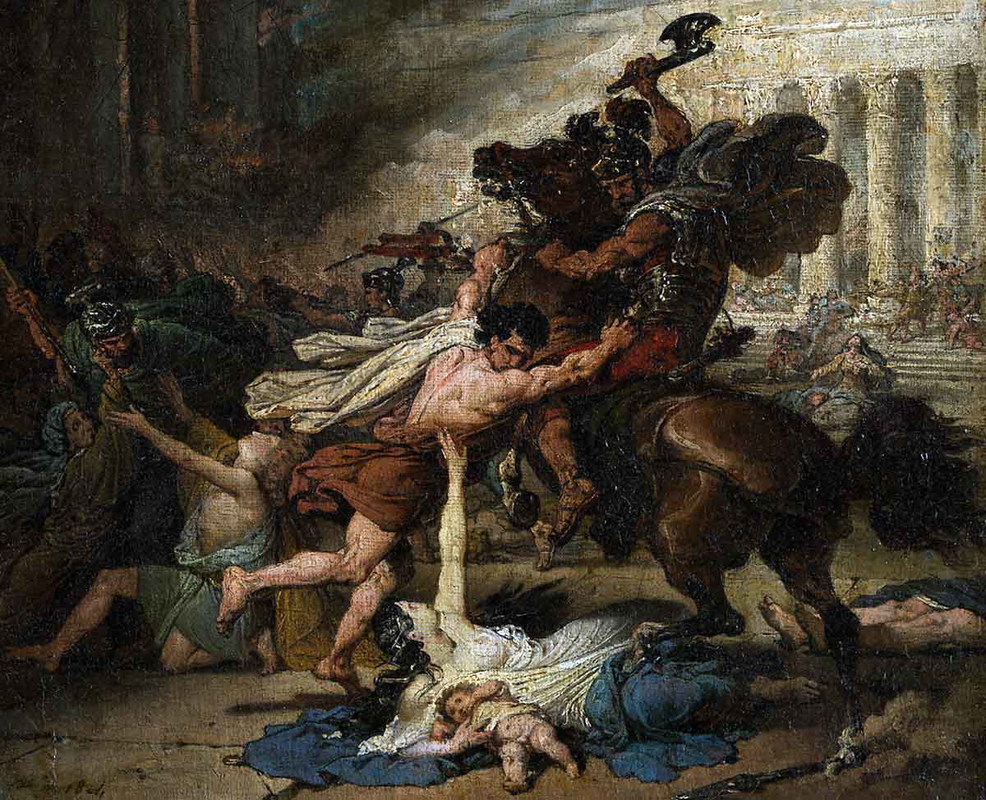
Roman involvement in Judea ended in tragic horror. In an effort to stamp down a Jewish rebellion against Rome reminiscent of the Maccabees’ revolt against the Seleucids, the Roman general Titus destroyed Jerusalem and razed its Temple to the ground. That fateful year, 70 CE, lives in infamy in Jewish history. It was the seal on a two-hundred-year relationship that began with a treaty but ended in brutal domination.
